
Product information
Billecart-Salmon ‘Elisabeth Salmon’ Brut Rosé 2008
Blend from Côte des Blancs, Montagne de Reims, Vallée de la Marne, Champagne, France
$412
Description
Created in 1988 as a tribute to Elisabeth Salmon, one of the House’s founders, this cuvée is set apart by its radiance, refined
purity as well as unique character. It embodies with subtlety the signature of our top Pinot Noir and Chardonnay terroirs.
Allowing time to play its role is behind the grandeur of this vintage cuvée.
The electrifying energy of 2008 charges Elisabeth Salmon with a dynamism and an endurance like never before. To capture such precision and such concentration of pure red cherry and raspberry fruit and yet at every instant to remain steadfast to the elegance and refinement that is Billecart is the profound juxtaposition that elevates 2008 to dizzying heights. Testimony to the depth of south-facing Mareuil pinot noir even in a season as cool as 2008, just 9% red wine is all that it takes to infuse a pretty, medium salmon hue that has taken on a copper tint in time. It confidently takes 13 years in its stride, revealed only in the most subtle nuances of vanilla and marzipan. With time in the glass, it billows to incredible heights of spice and even suggestions of fruit mince spice. A little fermentation in old oak barrels builds texture and integration more than it does a subtle nuance of jamon. Partial malolactic fermentation in a season with malic acidity as pronounced as 2008 is a nail-biting affair, perfectly played by chef de cave Florent Nys. Radiant acidity spirals with minerality as fine as ground glass to build a shimmering jetstream that slices through a finish of endless blue daylight. It is dashing from the outset, yet possesses decades of potential coiled into its graceful yet commanding folds.
Tyson Stelzer, 98 points
In stock
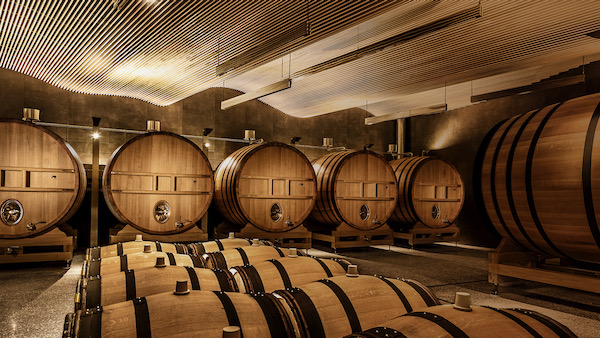
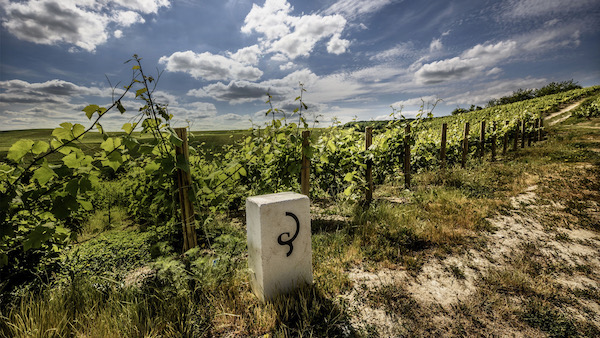
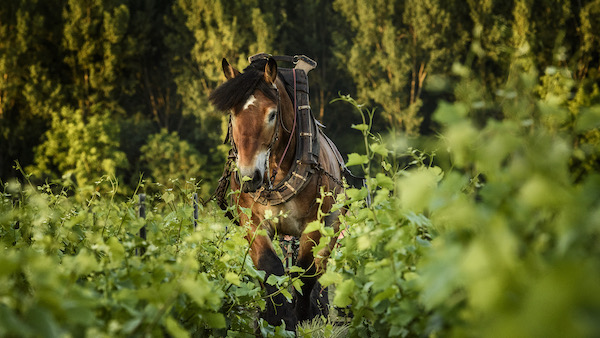
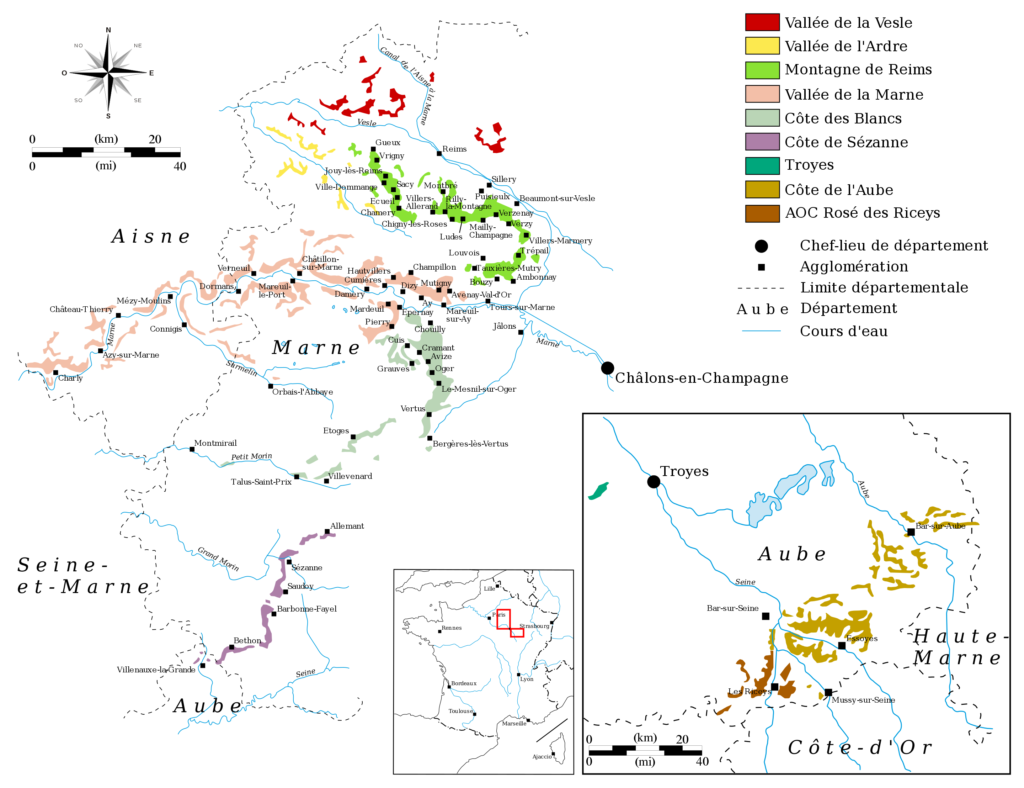



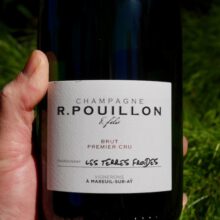


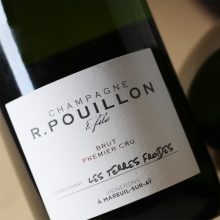
You must be logged in to post a comment.